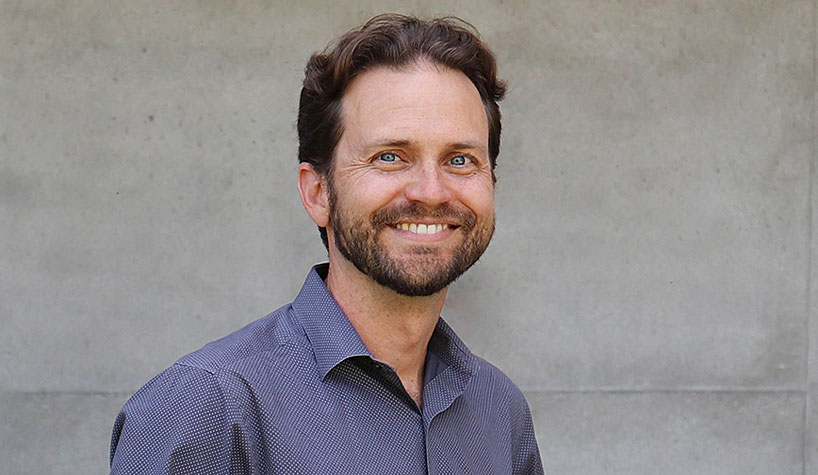By Eric Price
Because of the COVID-19 global pandemic, would-be travelers are sick of their long-term confinement and eager for a getaway and a change of scenery. The hospitality industry is built on the idea of escapism, but defining what “escapism” looks like post-pandemic can be a challenge.
The typical design and construction timeline for a large-scale hotel project ranges between two to three years, from conception to heads in beds. Making changes to anything in-progress would not only result in a substantial loss of time and money, but would risk solving for a set of problems we may no longer have by the time the project is completed. Some of the quick actions taken by restaurants and offices hoping to reopen safely don’t necessarily translate when speaking more broadly about post-pandemic design thinking, because we can’t predict exactly what “next time” looks like.
Project costs are likely to increase as buildings undergo larger-scale changes: state-of-the-art HVAC systems, contactless systems, operational windows, additional elevator bays and more space. But is it possible to over-design if a vaccine is around the corner? One solution would be forgoing short-term solutions to champion greater long-term design flexibility.
Rather than borrowing from high-tech healthcare design, hotels might find greater benefit looking to retail environments as they assess their next steps. In these settings, a “loose-fit” approach has made a big impact on the guest experience. Social distancing is facilitated by wider aisles marked with wayfinding floor stickers. Multiple points of entry help ease circulation, and high ceilings help with ventilation, reducing the amount of shared air among occupants.
A pandemic-resilient hotel might include wide corridors with dedicated outdoor air supply where climate permits, or exterior corridors like those seen in motels. Restaurants would have ample outdoor seating with plenty of room for guests to spread out. Hotels would revamp certain amenities, such as lobbies with multiple, intimate gathering spaces where you could socially distance with your travel companions, instead of one large bar. Pinch points will have been eliminated thanks to multiple entrances and exits, several elevator bays, and publicly accessible, well-ventilated stairways. There might be a resurgence of grand central staircases, or expansive check-in desks, if those aren’t eliminated altogether.
Architects have always played a key role in the response to public health challenges like COVID-19, but functional changes are only a piece of the puzzle. Operations, driven by a greater collective focus on safety and sanitation, must also change. Temporary measures like incorporating fever scanning technology can help not just in function, but in boosting guest comfort levels. Before building codes are revised and architect rulebooks are rewritten, we’ll have to look at the design industry’s response to past pandemics to infer what the “new normal” looks like several months, or even years, down the road.
Following the 1918 influenza pandemic, early 20th century design sought to pull more light and air into spaces—not just because of changing aesthetic trends, but also in support of public health. Heavy ornamentation and use of other dust-harboring surfaces, like carpets and drapes, were proven to be unhygienic, and architects responded with a wave of decluttered designs. What might have been described as “stark” or “cold” just a few years earlier was being called “clean” and “safe.”
Due to a surge in popularity of short-term rental sites like Airbnb, we’ve seen greater segmentation in hotel options. However, full-service hotels have become more experience-focused, offering guests luxurious amenities in a high-design environment. At the same time, select-service hotels hoping to attract the value traveler have become more frugal. Not only are these models relying on smaller teams to tackle all facets of hotel operations, but they have eliminated most of their amenities and have launched leaner, more affordably designed prototypes.
Achieving flexibility in hospitality design will be especially challenging for these select-service brands. Ground floor programs have become tailored to support greater density on guestroom floors. Hallways have become narrower, and self-serve buffet breakfasts are the norm. Outdoor spaces, including parking in some cases, have shrunk if not disappeared altogether.
So how do you tackle a pandemic when there is no room to grow or to change your program? Can you afford to operate at a lower capacity? Can you increase operational costs to hire more staff to keep up with new and changing cleaning regimens? As we consider how hotels might explore short-term solutions to meet the needs of the pandemic, we expect there to be a direct correlation between the look and feel of the existing brand and how they choose to respond. For example, a select-service brand might add temporary plexiglass to its check-in counter, social-distance floor markers, one-time-use toiletries, and daily changes to linens and towels.
On the other end of the spectrum, full-service hotels might search for ways to tackle these problems with a higher level of refinement. Guests may check in at an expansive glass counter, or from their phone (which doubles as their room key) in advance. They’ll receive branded face masks with local flair on arrival. They might be introduced to their floors’ dedicated concierge, eliminating the need to interact with other guests or ground floor staff for assistance throughout their stay.
In California, the Building Standards Code was newly published in January, and isn’t due for another update until 2023, so architects can’t fully predict the long-term effects of this pandemic on building codes or safety regulations. As much as we’d like our aesthetic motivations or opinions on the best use for a space to outrank the rulebook, our primary task from a design perspective is working within the confines of the laws protecting the health, safety and welfare of occupants in built environments.
With a focus on managing guest perception in the coming months, brands must decide not only which practices or trends to implement, but how to communicate and market this to their guests. Some things will be successful, and others will not—but ultimately, it’s these short-term experiments that will influence long-term decisions, and that is what will eventually make its way into hotel design.
Eric Price is the commercial studio director for Lowney Architecture and has more than 20 years of experience working on a wide variety of hospitality and retail projects.
This is a contributed piece to Hotel Business, authored by an industry professional. The thoughts expressed are the perspective of the bylined individual.




